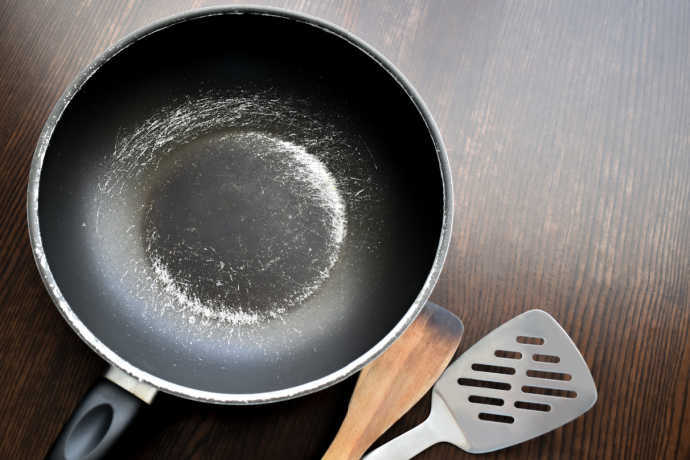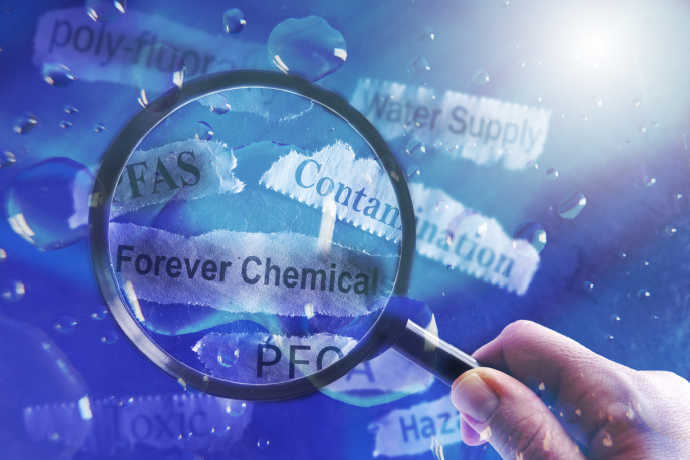Sticky Situation: What’s in My Nonstick Cookware?
Posted by Amy on Apr 2nd 2025
There's a lot of information out there about "clean" cookware -- it can feel overwhelming and even a little intimidating. While we'd never tell you what to buy, we also don't believe you need to rush to replace your nonstick cookware. Cookware companies strive to create the best and safest products for consumers. However, if you have questions or concerns, we're here to help. That's why we're launching thoughtful, relatable, and easy-to-follow blog posts to break it all down for you.
We'll start by talking about the composition of nonstick cookware, and what it can mean in your kitchen.
Teflon or PFOA
Teflon (the brand name of the first commercially-available nonstick cookware coating) was introduced in the early 1960s. Home cooks rejoiced: This modern convenience allowed delicate foods to slide easily from a pan with little clean-up. In the 1990s, Teflon was beloved by the low-fat crowd for making meals with less oil and butter.
But soon enough, PFOA -- a major component of Teflon and similar nonstick coatings of the time -- was linked to health concerns. The majority of these health issues were found in workers at factories producing PFOA-based products. These workers were exposed to the chemicals at higher temperatures and for longer periods of time than most home cooks. In 2006, the EPA launched the PFOA Stewardship Program to eliminate PFOA from emissions and product content by 2015. If your nonstick cookware was purchased after 2015, it should not contain PFOA or Teflon.

But if you've had your nonstick cookware for a decade or more, it may be time to think about an upgrade, as most nonstick cookware begins to fail after three to five years.
PTFE
If your nonstick cookware was purchased after 2015, it likely has one of two bases: ceramic or PTFE (polytetrafluoroethylene). PTFE falls under the PFAS category, commonly known as "forever chemicals." PFAS (per- and polyfluoroalkyl substances) include a broad spectrum of chemicals found in everything from sweat-wicking yoga pants to fire-fighting foam.

The PTFE used in nonstick cookware is considered stable and safe when bound to cookware. When used below 500°F, it will not release harsh emissions. Which, if you're following best cooking practices for nonstick cookware, should be more than sufficient.
However, the state of Minnesota banned PTFE cookware earlier this year. Based on our research, the ban reflects an abundance of caution that has more to do with manufacturing risks than hazards from using the cookware in a home environment.
Ceramic
The nonstick alternative to PTFE-based cookware is ceramic. Ceramic cookware is typically made by applying a ceramic coating, often a base of silica (a naturally occurring compound found in various forms like sand, rocks, and soil) to the pan, which is then fired at high temperatures to create a hard, non-porous surface. Because the major components used to produce ceramic nonstick are naturally occurring, it is advertised as "chemical-free."
The Bottom Line
Just as cookware companies are devoted to research and development to build the best cookware, Chef's Corner Store is devoted to reviewing and sourcing the best cookware for our customers. We are happy to help you find cookware to meet your needs, budget, and cooking style.
 Free shipping over $49
Free shipping over $49










